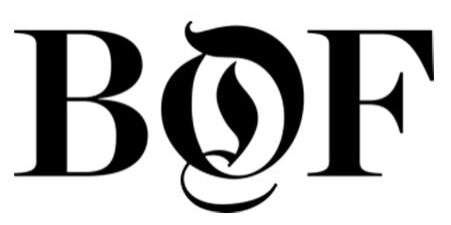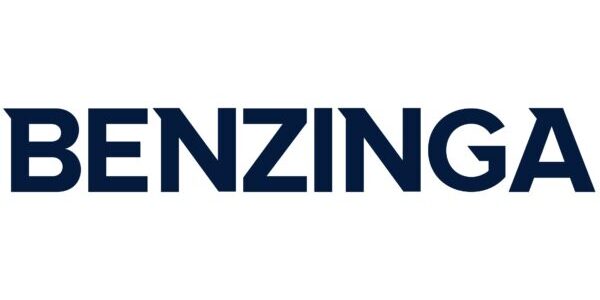High-Deductible Health Insurance Plans and the Rise of By Now, Pay Later in Healthcare
By Tannon Krumpelman, Partner, and Matthew Cornish, Managing Director at Solomon Partners
Given the proliferation of high-deductible health insurance plans, material co-insurance contributions, and limited coverage for many mainstream elective procedures, numerous Americans are struggling to receive desired medical care due to unaffordable levels of out-of-pocket (OOP) medical expenses. According to Bankrate’s 2025 Annual Emergency Savings Report, which surveyed more than 1,000 US adults about their ability to handle a surprise bill, 59% of Americans do not have enough savings to cover an unexpected $1,000+ emergency expense.
In response to these financial challenges, digital “buy now, pay later” (BNPL) and other installment payment models have emerged as viable solutions for medical care—adapting the pay-over-time framework that is commonplace for purchases of lower-cost discretionary goods, such as electronics, clothing and accessories. These models significantly open the aperture for consumers who would not otherwise pursue certain medically necessary or elective procedures, given a lack of insurance coverage and/or high OOP costs.
Overall healthcare costs continue to rise significantly faster than inflation, driven by underlying health factors (e.g., aging population, prevalence of chronic disease), treatment innovations (e.g., drug development, technological advancements, mental health awareness) as well as administrative costs given structural and delivery complexities of the US healthcare system. Forecast analysts estimate that the medical loans market will continue growing at a compound annual growth rate (CAGR) of 11.2% to an impressive $291 billion by 2028[1]. In this environment, digital BNPL and similar installment payment models offer a practical way to increase access and fill the coverage gap.
Today, BNPL options are offered by fintechs, financial institutions, and even some medical providers themselves. By offering flexible payment options, healthcare providers can attract a broader patient base, including those who might have deferred necessary treatments due to financial constraints. This increased patient and treatment volume can lead to higher overall collections and potentially lower costs for procedures due to economies of scale. The BNPL models will improve with added usage as more underlying data is utilized to train the underwriting algorithms.
However, several factors may prevent BNPL from rapidly gaining wider adoption or lowering costs. Historically, BNPL was used primarily for lower-ticket hard goods versus either higher-dollar items or care/services.
Additionally, the CFPB’s January 2025 final rule bans the inclusion of medical bills on credit reports used by lenders to determine creditworthiness; consumers may prioritize other types of bills and may still struggle to manage debt loads or installment payment plans. Lastly, the US healthcare and insurance ecosystems, including medical care lenders, generally are for-profit entities, and potential savings from programs such as BNPL do not necessarily trickle down to the consumer.
While BNPL and similar installment payment models offer promising solutions to potentially increase access to both necessary and elective medical care, it is unclear whether they will have a significant impact on overall costs and patient debt. As the medical loans market continues to grow, stakeholders must ensure alignment, such that these financial innovations truly benefit the patients they are designed to help.
[1] Medical Loans Market Report 2024: Medical Loans Market Poised for Exceptional Growth





